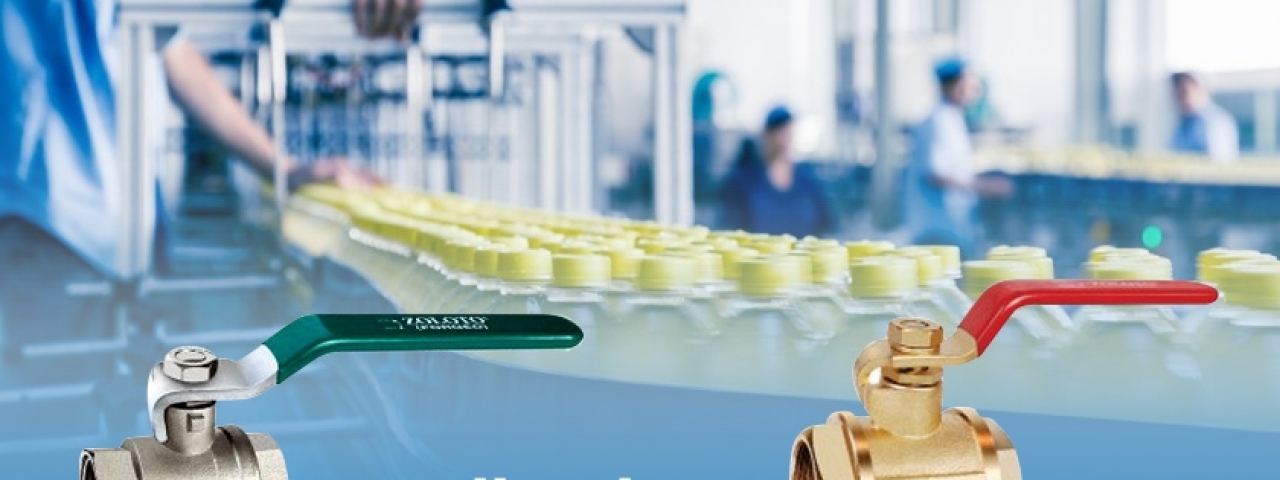

 499 Views
499 ViewsThere are many different kinds of valves a variety of applications, how do you know which would be the best to use for the job? Let's check out globe valves and ball valves at stvvalves . The main difference between the two of these types would be the way they close. A globe valve relies on a plug (stem) that closes resistant to the flow, plus a ball valve incorporates a gate (ball) that closes throughout the flow. Globe valves are ideal for regulating flow, whereas ball valves are better for on/off control without pressure drop.
For decades globe valves were considered the market standard responsible for all valves. They are intended with a stem that moves along inside the valve to manipulate flow. They can be used on hot and chill water coils, and larger models are often used to master flow to chillers. One from the main limitations of globe valves is the fact that their close-off rating might be lower than other valves, specially in the larger sizes.
The valve packing prevents the media from escaping the valve body from the stem opening inside bonnet. The most common kind of packing today is chevron v-ring type packing. If you have a look at the cross section profile on this packing, it resembles the letter “V”. The outer diameter with the packing matches the bore on the bonnet. The inside diameter matches the outer diameter on the stem. Multiple rings on this packing are stacked together with each other as well as the stem is inserted with the packing. A packing gland on top on the bonnet pushes on the top on the “V” and results in the packing to inflate and seals agains the stem and bonnet.
When the ball is within the closed position, the flow path inside ball is perpendicular to your flow path inside the valve body. The solid parts with the ball covers both upstream and downstream cupped seat openings. The pressure inside upstream pipe pushes from the solid part with the ball which moves on its pivot point which is forced tightly contrary to the downstream seat. This shuts off flow.
As the operator rotates the ball in the closed position, the ports inside the body in relation on the ports from the ball make a variable size orifice which, because it gets larger, will raise the flow with the pipe. When moving from available to close, this orifice gets smaller and decreases flow.
The primary difference between the valves depends on their impact on flow. In butterfly valves, part with the disk inhibits the flow, setting up a drop in pressure. For applications where consistent or high-pressure is needed, this, naturally, is really a disadvantage. The pressure change could also make the valve challenging to operate due towards the incoming pressure from your supply side. A bypass valve may be needed to stabilize the pressure before a butterfly valve can function appropriately. Alternatively, the ball valve offers 100 % flow having its design. It might be used for projects where higher pressure is necessary.
Another consideration would be the size from the application. Due to their design, ball valves typically lessen cost-effective around 6 inches in diameter. At that point, butterfly valves generally are definitely the more economical choice. They are lighter and are more affordable. These characteristics get them to great for large-scale projects where flow control is a smaller concern. Plus, butterfly valves don’t trap fluids just like a ball valve can, so a butterfly valve could be better for applications in food production, where residues can cause health hazards.
